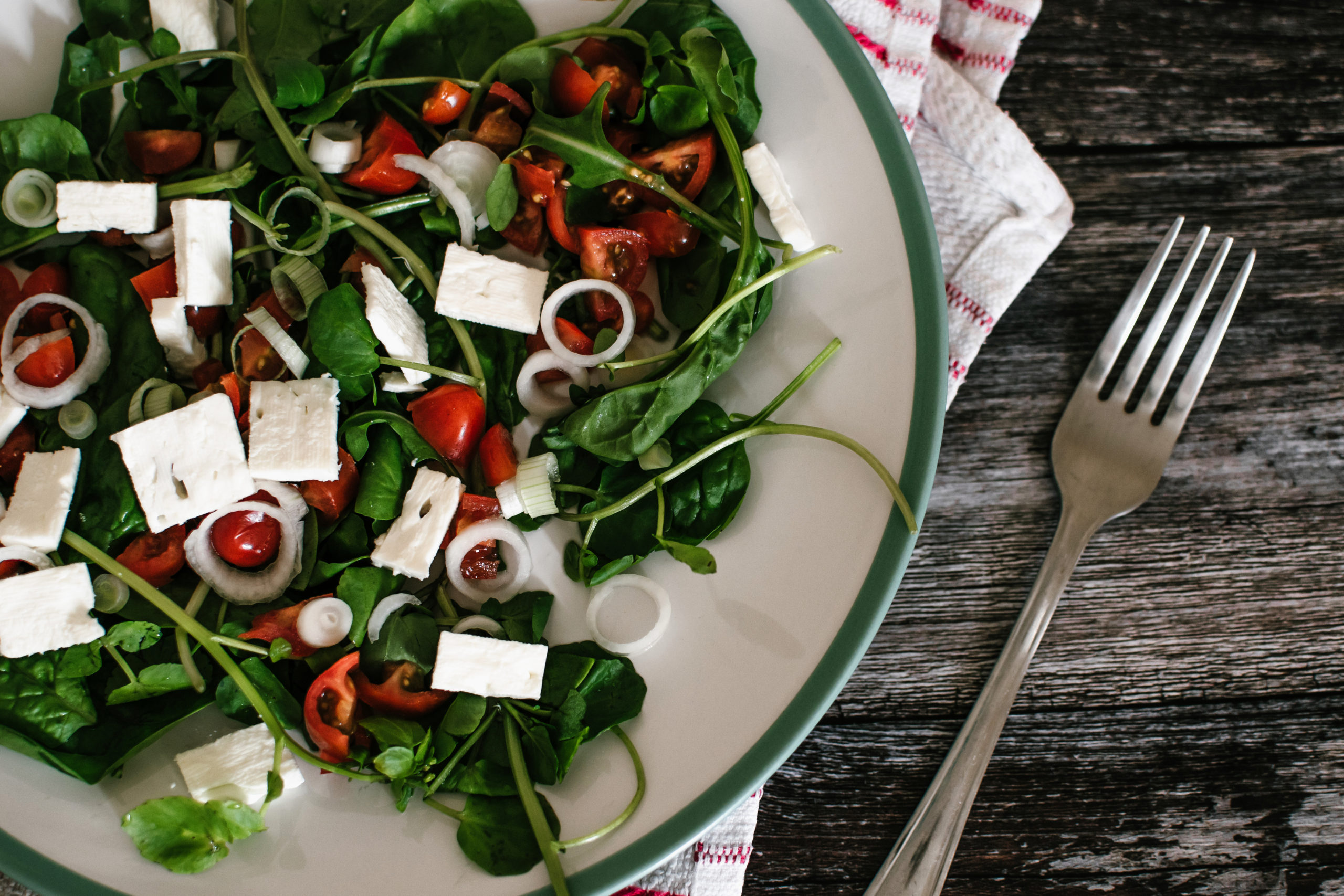Inflammation is often at the root of chronic pain, discomfort, and even disease. One of the biggest culprits when it comes to causing inflammation? Diet. The good news is, it’s a two-way street, so by making long-term changes to the way you eat, you can reduce inflammation and promote health and healing in your body.
So, what kind of changes do you need to make? The simple fact is, inflammation-fighting foods are the ones we all know we should be eating anyway. No magic. Just basic, healthy foods. If you want to skip the article, here it is in a nutshell: Eat plenty of fruits and vegetables, choose whole grains, focus on fish, beans, and nuts for protein, and use healthy fats.
Need a few more details? Read on to learn more about which foods are particularly good for you and which ones you should avoid if you’re serious about fighting inflammation.
Dig Into the Good Stuff
Omega 3
Omega 3’s are a big deal, and the balance between Omega’s 3 and 6 can make a huge difference in how you feel. The recommended ratio for Omega 6 to Omega 3 is about 4:1–but don’t worry about your Omega 6 intake. If you’re following a typical Western diet, you’re getting way more than you need. Instead, focus on the anti-inflammatory 3’s by eating:
- Fish (salmon, tuna, mackerel, herring, sardines, and anchovies)
- Seeds (chia and flax)
- Walnuts
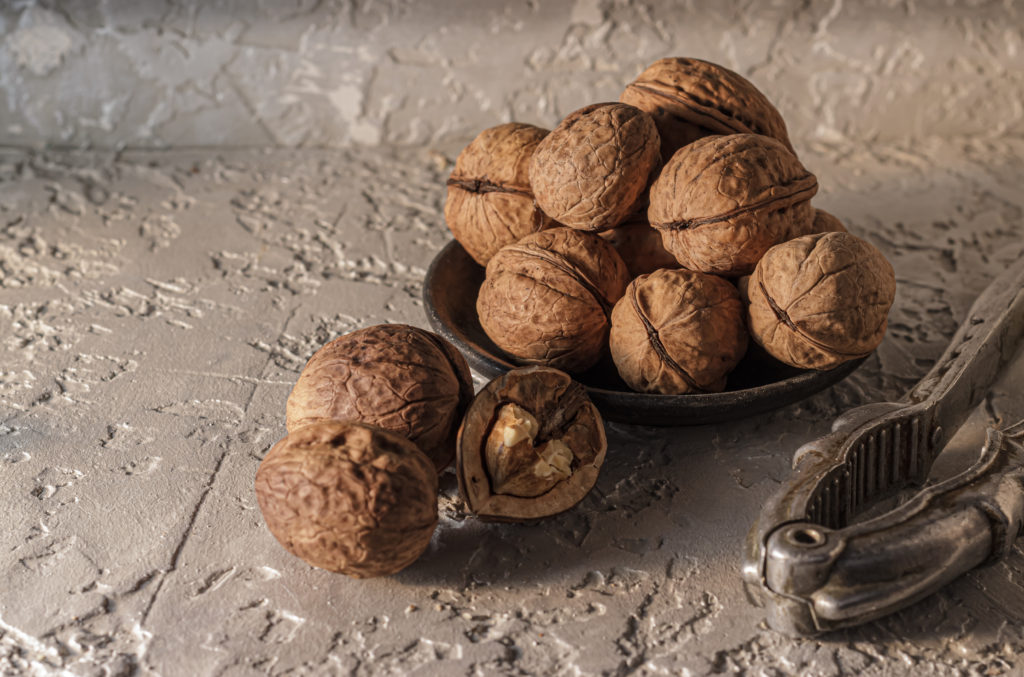
Veggies
Mom, you were right. You’ve got to eat your veggies. Below are a few common vegetables that have shown good results in studies, but your best bet is to eat a wide variety of vegetables every day and aim for lots of color. (Tip: Salad is a great way to get a good 3-4 servings of raw veggies in one fell swoop.)
- Dark leafy greens (spinach, kale, collard greens, arugula)
- Cruciferous vegetables (broccoli, cabbage, bok choy)
- Celery
- Mushrooms (raw)
- *Tomatoes (while most veggies are at their most nutritious raw, some of the magic in tomatoes is boosted by cooking, so bring on the tomato paste and marinara sauce!)
- *Bell peppers
* A quick note: Members of the nightshade family, including tomatoes, bell peppers, potatoes, and eggplant, can increase inflammation in a small percentage of the population. If you think you might be one of them, try cutting out members of the nightshade family for a while to see if it makes a difference.
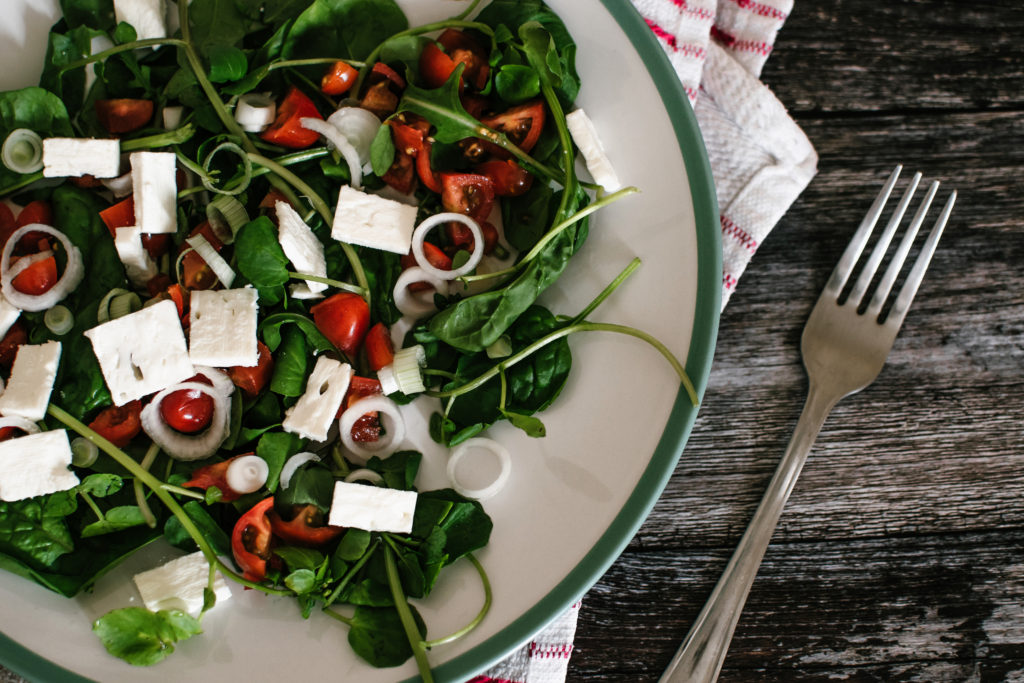
Fruits
Fruits might be the yummiest way to fight inflammation and promote health and energy. Their natural sweetness makes them a tasty treat, and many of their vivid colors are the result of anthocyanins, which offer a host of health benefits, including—you guessed it—fighting inflammation. Just like with veggies, these are a few of the particularly good ones for inflammation, but you can’t go wrong eating a rainbow of fresh fruit.
- Grapes
- Berries
- Apples
- Cherries
- Oranges
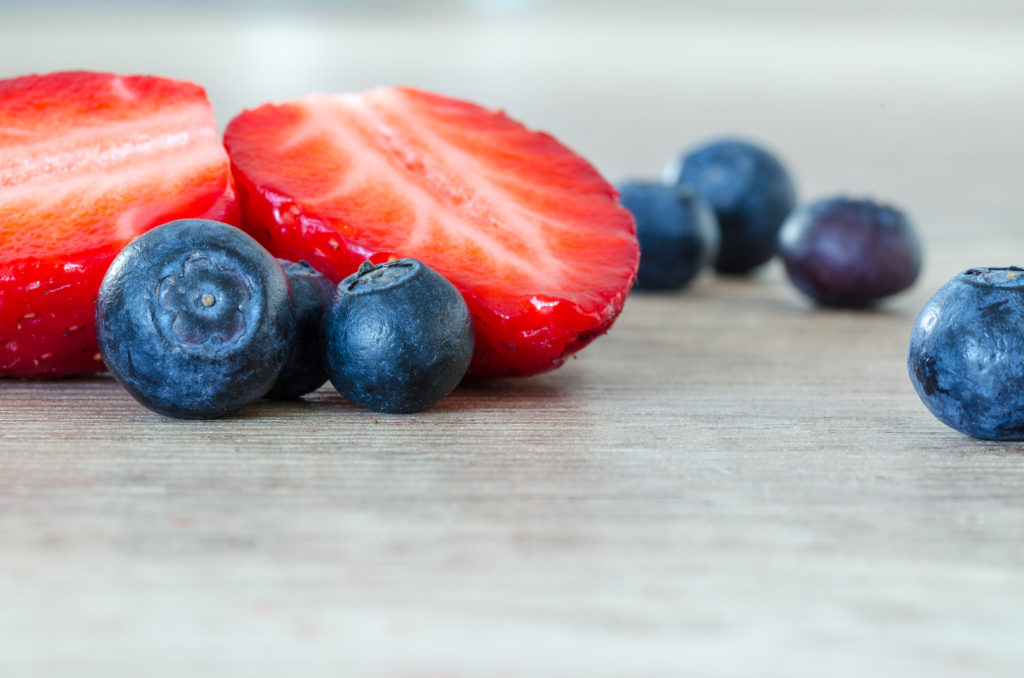
Herbs and Spices
Good for more than just flavor, herbs and spices pack an anti-inflammatory punch. Just about all herbs and spices are helpful, but these 6 are commonly recommended to soothe inflammation. It can be hard to get enough spices through diet alone—not many of us are prepared to down half a teaspoon of turmeric combined with half a teaspoon of black pepper every day—so you might want to consider a supplement like curcumin to get the benefit without the overpowering flavor.
- Garlic
- Ginger
- Rosemary
- Turmeric
- Cinnamon
- Cumin
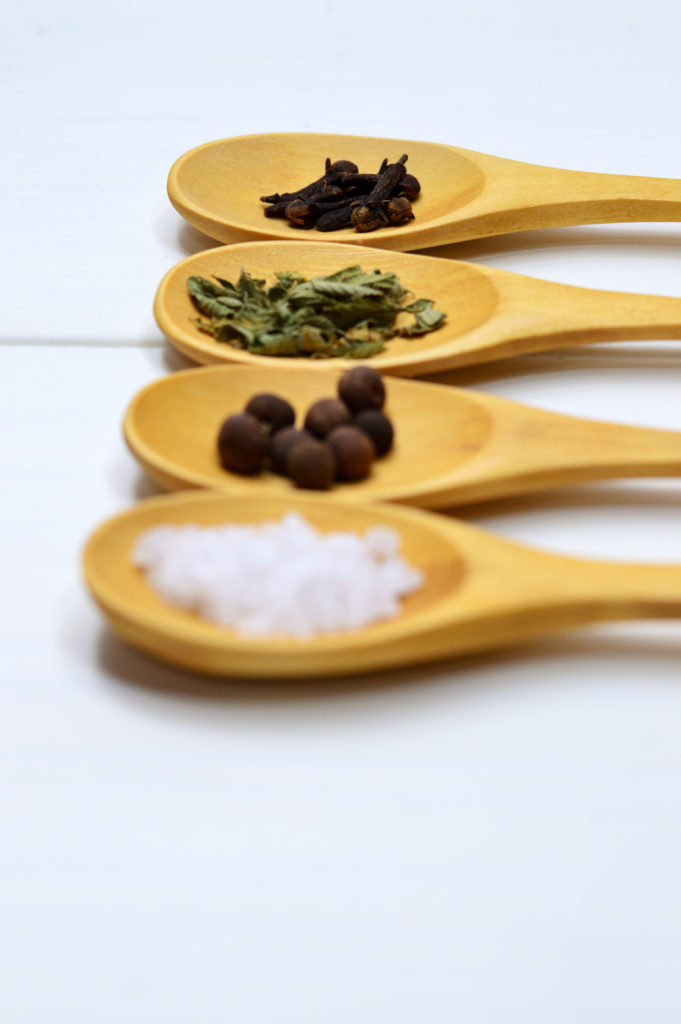
Healthy Fats
Not all fats are created equal. Avoid the many nasty trans and saturated varieties, but give your body some anti-inflammatory help with:
- Nuts
- Olives
- Avocadoes
- Extra virgin olive oil
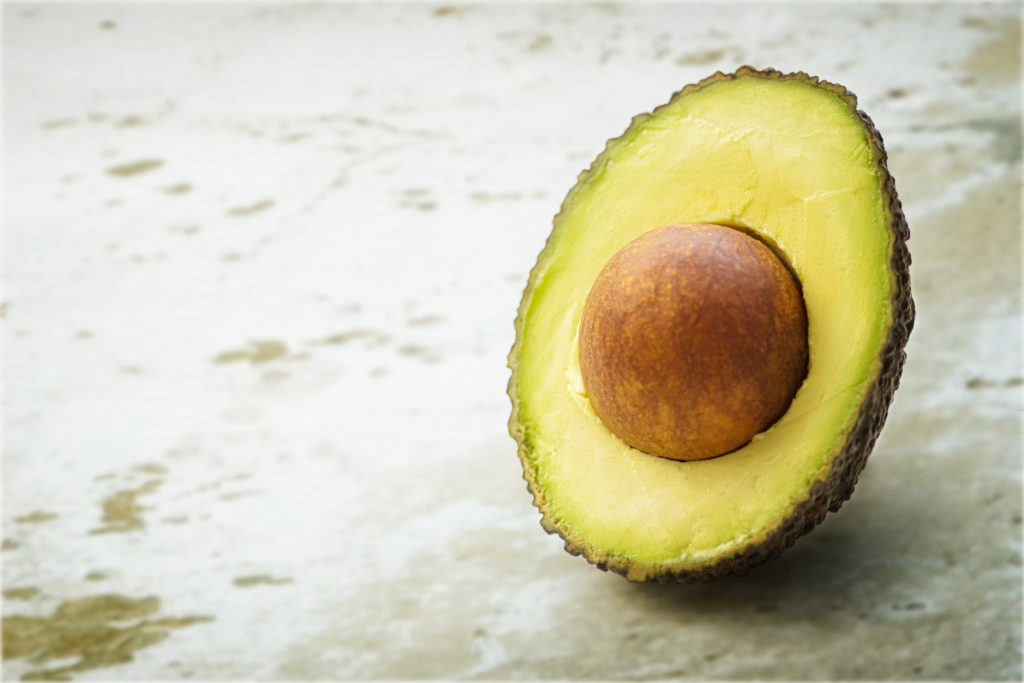
Bonus!
Dark chocolate and cocoa also make the list of inflammation fighting foods. Hallelujah! (Note that you’ll need at least 70% cocoa content to reap the benefits.)
Foods to Avoid
Just as you can reduce inflammation by fueling your body with nutritious, natural foods, you can also trigger inflammatory responses when you eat too much of the stuff that isn’t good for you. Steer clear of these foods:
Sugar
Processed sugar and high-fructose corn syrup are the big culprits here, but any kind of added sugar (sugar that doesn’t naturally occur in whole foods) can cause problems. And it’s not just soda and candy you have to watch out for. Seemingly healthy options like sweetened applesauce, fruit juice, bread, canned foods, yogurt, and cereal are often loaded with added sugars.
Unfortunately, while “natural” sweeteners are a better option, they’re still sugar, and can cause inflammation. Honey, agave, and maple syrup may be natural, but they’re still pure sweetness, and consuming too much isn’t good for you.

Processed Foods
A lot of what we eat has been processed in some way, whether through canning, baking, or mixing ingredients together. Generally, the more a food is processed, the worse it is for you. Some of the worst are things like microwavable meals; processed meats like sausage, bacon, and deli cuts; and packaged cakes and cookies. Bread, pasta, sweetened yogurt, and many breakfast cereals may masquerade as healthy options, but they are also highly processed. Pay attention to ingredient labels and try homemade versions for a yummy taste without all the sugar, salt, and preservatives.
Deep-Fried Foods
You knew this one was coming, didn’t you? Chips, fries, chicken wings, donuts. Deep-frying loads foods with trans fat (which causes inflammation), sodium (which causes inflammation), and/or sugar (which causes inflammation). Just don’t do it.

Trans and Saturated Fats
Keep your eye out for these two when you’re reading labels. Butter, whole milk, and other full-fat dairy products are high in these “bad fats,” as are many oils (think vegetable, coconut, palm), fried foods, dark meat, and most baked goods.
Red Meat
Juicy steaks may make your taste buds dance, but they’re bad news when it comes to inflammation. It’s the high levels of saturated fat in red meat that can cause problems—and the fact that we tend to eat way more than is good for us. So, you don’t have to swear off burgers altogether, but limit yourself to a maximum of three small servings per week (less if possible), and choose lean cuts from pasture-fed (rather than grain-fed) animals.
Game Plan
Phew! That was a lot of information, you may be saying. Remind me what I’m supposed to be eating again?
Aim for at least 5 half-cup servings of fruits and/or vegetables daily. That’s a minimum. If you can get closer to twice that, even better.
Make sure fish is on the menu twice a week, and red meat is on the menu no more than three times a week. (Preferably only once a week). Give tofu, beans, and lentils a try if you’re looking for protein substitutes.
Limit your added sugars to 25 grams a day for women (about 2 Tbsp), 36 grams a day for men (about 3 Tbsp).
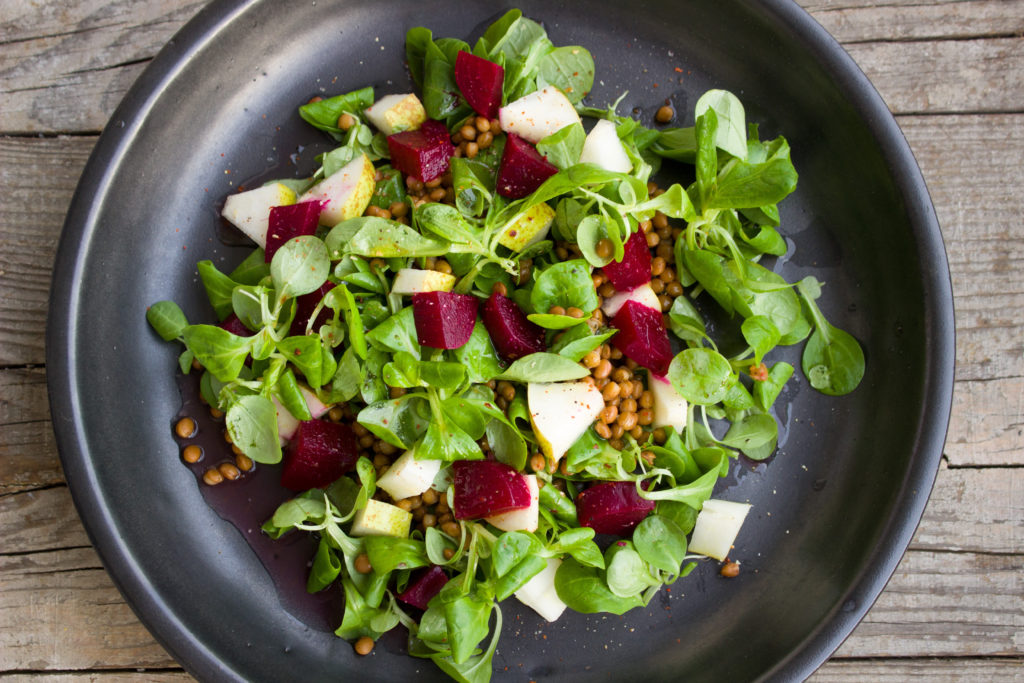
Still Having Trouble?
Cut out dairy and gluten for a few weeks, then gradually add them back in one a time. By themselves they usually don’t cause inflammation, but they can irritate inflammation that’s already there. By eliminating them for several weeks, you can give your body time to heal before introducing them back into your diet.
Eat probiotic-rich foods like sauerkraut, yogurt (watch the sugar), miso, and kimchi.
Participate in a 12-hour fast (you can drink water and tea and consume up to 600 calories), up to twice a week. Or try time-restricted eating, limiting yourself to eating only between 11 am and 7 pm.
The Take-Home Message
Managing inflammation through diet, although it can be a significant lifestyle adjustment, isn’t complicated. By altering how you eat to focus on nutrient-rich, anti-inflammatory foods, you can reduce your inflammation levels and help your body to heal.
